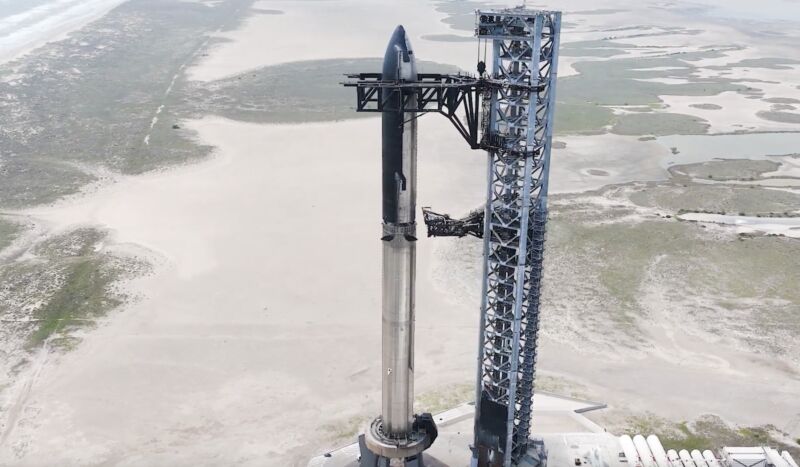A frontrunner in Europe’s private launch industry just lost its first rocket

Enlarge / RFA's first stage during a four-engine test-firing in May. (credit: Rocket Factory Augsburg)
The first stage of Rocket Factory Augsburg's first orbital launcher was destroyed in a fireball during a test-firing Monday evening at a spaceport in Scotland, the company said.
The German launch startup aimed to send its first rocket into space later this year and appeared to be running ahead of several competitors in Europe's commercial launch industry that are also developing rockets to deploy small satellites in orbit.
Within the last few months, Rocket Factory Augsburg (RFA) delivered all three stages of its first rocket, named RFA One, to its launch site at SaxaVord Spaceport, located on Unst, one of the Shetland Islands and the northernmost inhabited island in the United Kingdom. The company is based in Augsburg, Germany.








